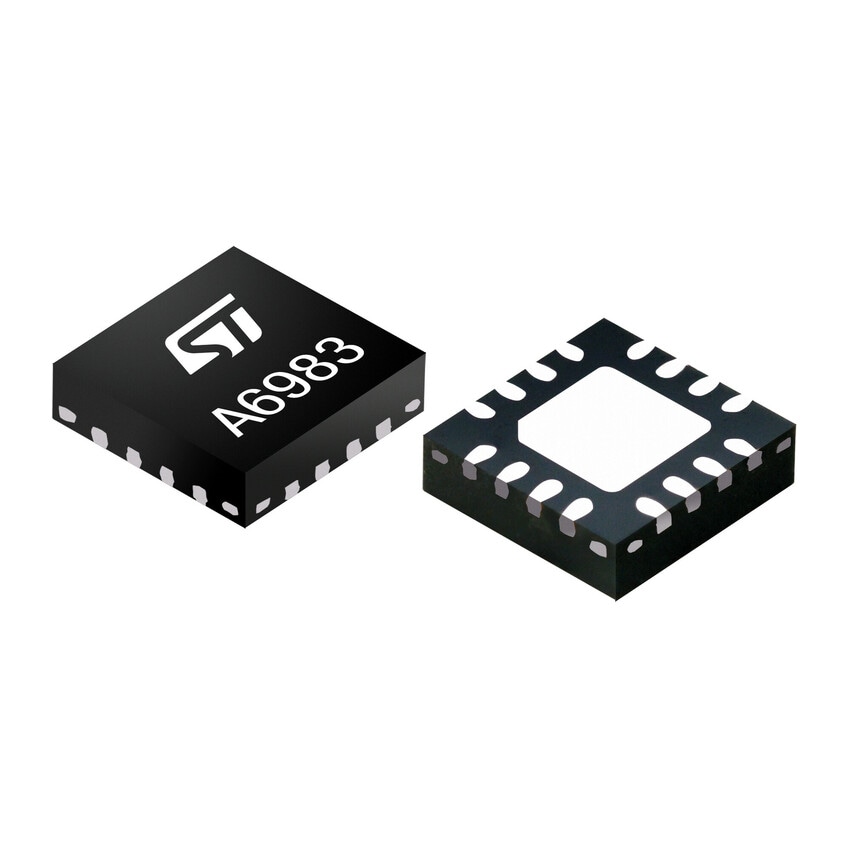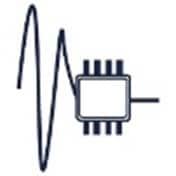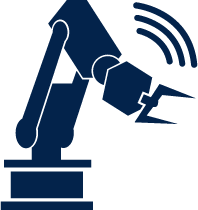A buck converter, also called buck regulator or DC-DC step-down switching regulator, is a type of DC-DC converter that provides an output regulated voltage that is lower than its input voltage.
ST's monolithic step-down (buck) converter ICs offer input-voltage capability up to 61 V and deliver output currents up to 4 A with high switching frequency.
These buck regulators embed a full set of protection functions (overcurrent, overvoltage, and over-temperature) to increase the mean time between failures (MTBF) and reduce the number of external components required, thus lowering BOM costs.

Monolithic buck converter ICs (buck regulator) for any application requirement
- ST offers high performance and high flexibility AEC-Q100 compliant buck converters for automotive applications.
- See all Automotive buck converters
- High reliability and excellent robustness buck converters, for industrial and any application requiring a wide range of input output voltages.
- See all Industrial buck converters
Product types: how to choose the right buck converter
Learn about ST broad selection of buck converters, designed to meet a wide range of requirements.



Low-consumption buck converters feature ultra-low quiescent current and high efficiency at light load to meet these application requirements.

However, they also introduce switching noise that could represent a big obstacle to comply with EMI standards and disturb noise-sensitive applications.
Low-noise buck converters help designers meet these challenges.


A short on-time ensures a large input-to-output conversion ratio while maintaining a high switching frequency.
Benefits
- High-voltage technology together with high reliability, robustness, and compactness
- High efficiency at any load and a high level of performance for consumer and computer products
Featured Videos
Recommended for you
36 V, 1 A synchronous buck converter for industrial applications
The DCP3601 synchronous step-down converter is a versatile, efficient, and reliable solution for a wide range of applications like major appliances, smart metering, and industrial 24 V bus conversion.
Its comprehensive feature set, including wide input voltage range, high efficiency, advanced protection features, and compact size, makes it the right choice for engineers looking to optimize their power conversion designs.
Available in two versions, LCM (Low Current Mode) for high efficiency at light loads and LNM (Low Noise Mode) for noise-sensitive applications, developers can be supported in their designs by the STEVAL-3601CV1 evaluation board.
38 V, 3 A synchronous buck converters for automotive applications
Nowadays, automotive systems require robustness, low consumption, high efficiency, and small size, especially for the vehicle electrification.
The A6983 is an AEC-Q100 qualified synchronous step-down converter suitable for battery-powered applications, car body applications, smart ambient lighting system supply, and car audio and low noise applications.
The A6983I is an AEC-Q100 qualified synchronous iso-buck converter specifically designed for isolated buck topology. It is particularly suitable for electric traction systems, OBC (on-board charger) for HEV/EV and automotive isolated IGBT/SiC MOSFET gate drive supply.
The STEVAL-A6983CV1, STEVAL-A6983NV1, and STEVAL-L6983IV1 evaluation boards are available to support developers in their designs.
L6983I: synchronous iso-buck converter for isolated applications
A floating-voltage source, which is the main target application of the isolated buck topology, is commonly requested to provide supply to high-side gate drivers in high-power DC-DC converters, inverters, motor drivers, and other industrial applications.
The L6983I, specifically designed for isolated buck topology, provides a flexible, reliable, and easy-to-use solution for isolated IGBT/SiC/GaN MOSFET gate drive supplies, on-board chargers (OBC) for HEV/EV, and electric traction systems.
The STEVAL-L6983IV1 evaluation board is available to support developers in their designs.
About buck converters
How does a buck converter work?
A buck converter usually uses two switches and an inductor to make a voltage controlled current source that interacts with the parallel combination of output capacitor and load, to generate the desired output voltage (VOUT < VIN).

Where and why is a buck converter used?
A buck converter is used to step down the voltage of a given input to achieve the required output voltage. Buck converters can be used in many applications, including smartphones, tablets, battery-powered equipment, industrial power systems and point-of-load supplies.
What are the advantages of a buck converter?
Buck converters offer a more efficient solution with fewer, smaller external components. They can step-down voltages using a minimal number of components. In the same time, they offer a lower operating duty cycle and higher efficiency across a wide range of input and output voltages.
eDesignSuite
eDesignSuite is a comprehensive set of easy-to-use design-aid utilities ready to help you streamline the system development process with a wide range of ST products.



Power Management Design Center
Thermal-electrical Simulators for Components
Signal Conditioning Design Tool
NFC/RFID Calculators

Power Supply Design Tool

LED Lighting Design Tool

Digital Power Workbench

Power Tree Designer

AC Switches Simulator

Rectifier Diodes Simulator

STPOWER Studio

Twister Sim

TVS Simulator

Estimate

Active Filters

Comparators

Low side Current Sensing

High side Current Sensing

NFC Inductance

UHF Link Budget






